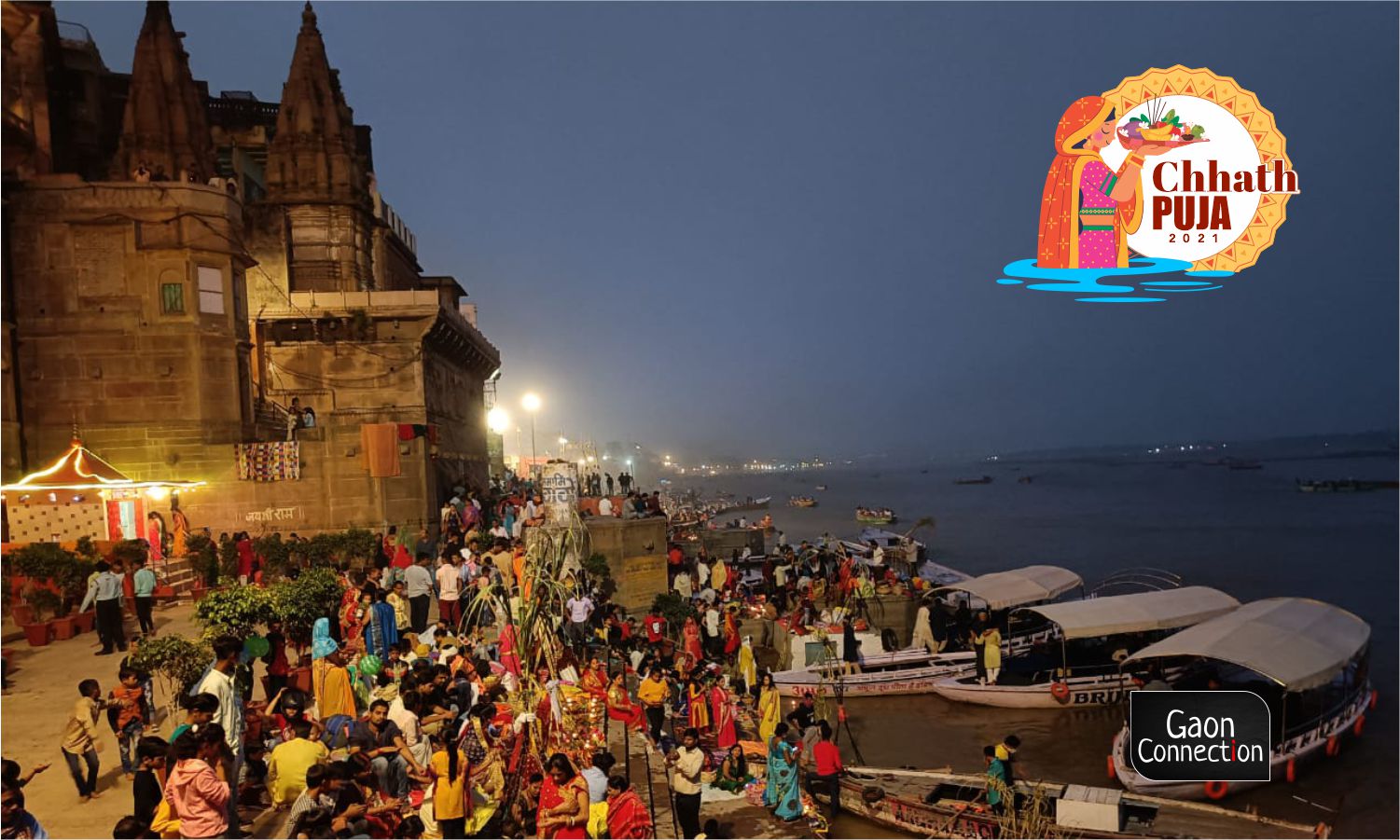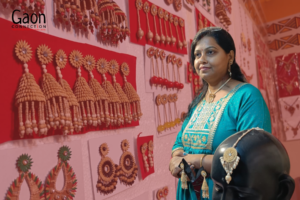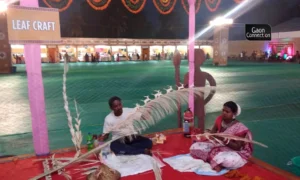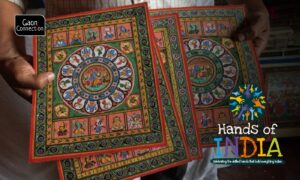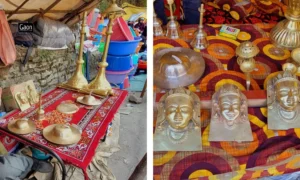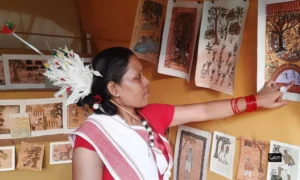Varanasi, Uttar Pradesh
Today, November 10, is the third day of the four-day long Chhath Puja. The third day is also considered the main day of the festival. There is a tradition of offering Sandhya Arghya (evening offering to the deity) to the setting Sun by standing in knee or waist deep water of a river or a pond or any makeshift water body. Devotees observe a nirjala (without water) fast for the whole day.
Chhath festival involves several rituals, which are considered very strict compared to other Hindu festivals. As part of the festival, devotees gather and take a holy dip in rivers, ponds, and water bodies braving the cold. They also observe strict fasting during the four day festivities — celebrated to worship the Sun god and Chhathi Maiya.
The third day is spent preparing khasar (small balls made from rice flour and jaggery) and thekua (made from jaggery and wheat flour) to be offered to the deity. Once the prasad is prepared, the daala (festive offering for the deity) is readied for the Sandhya Arghya.
Also Read: Chhath Puja: From thekua to ole curry, here are six easy food recipes
Chhath daala is the offering of seasonal fruits and vegetables to the deity. Some people offer arghya in a brass soop, while others use a bamboo soop; both are considered pure. The beautifully decorated soops with the sweets, water, milk and earthen lamps, are taken to a water body, where the vrati (the person who is fasting), in new clothes, stands knee-deep in water and offers the arghya to the setting Sun.
The festival is widely celebrated in Bihar, Jharkhand, border areas in Uttar Pradesh and in Nepal as well.
Gaon Connection travelled to Dashashwamedh Ghat, the main ghat in Uttar Pradesh’s Varanasi — the spiritual capital of India — to witness how devotees offered Sandhya Arghya to the setting sun on the banks of the Ganges.

